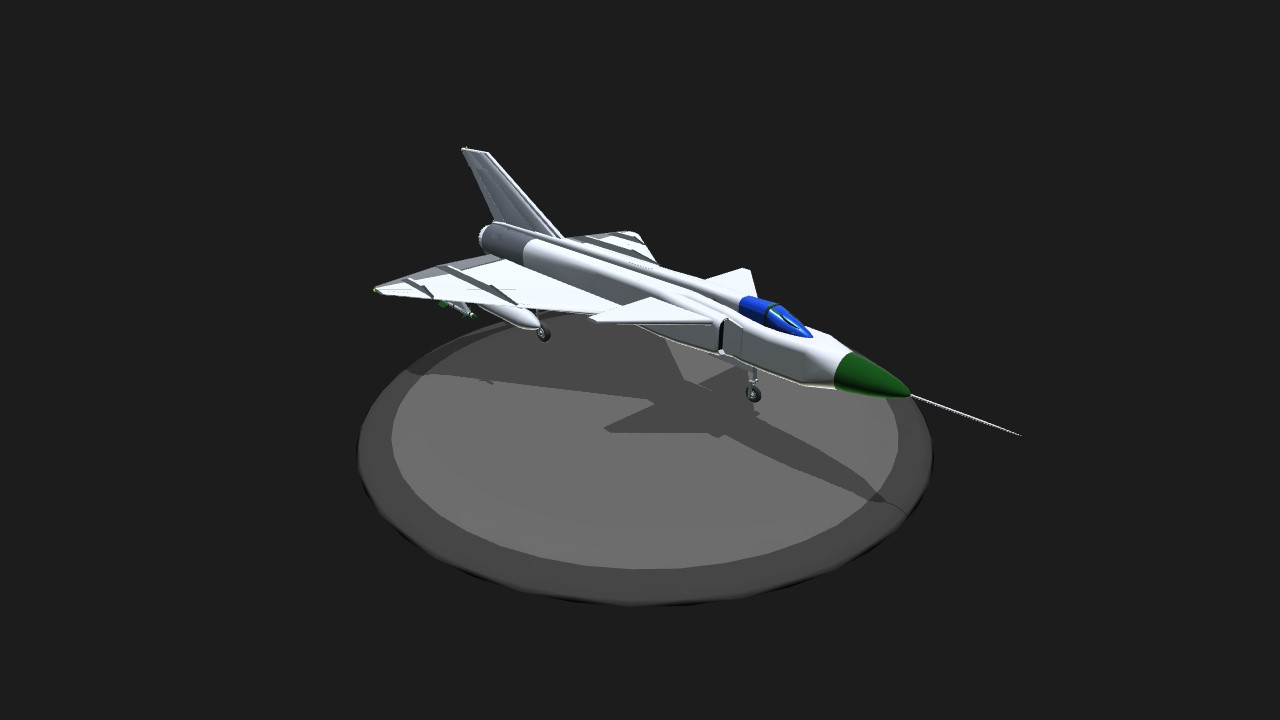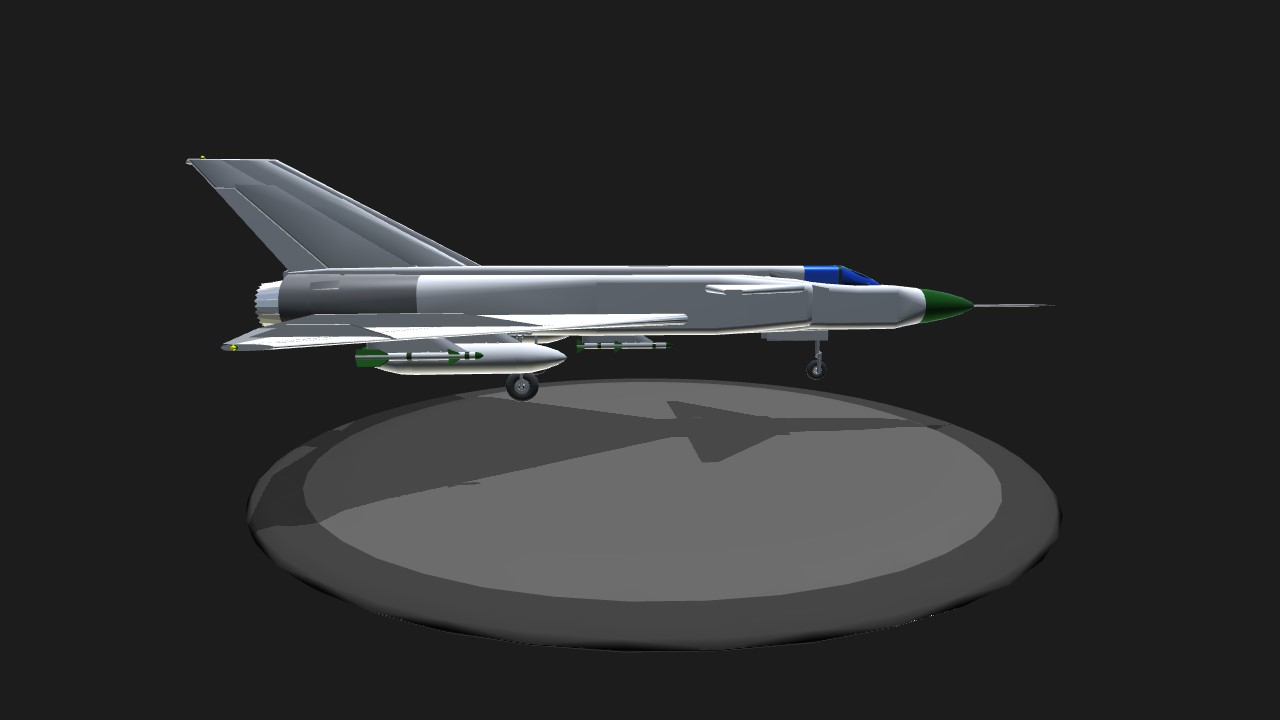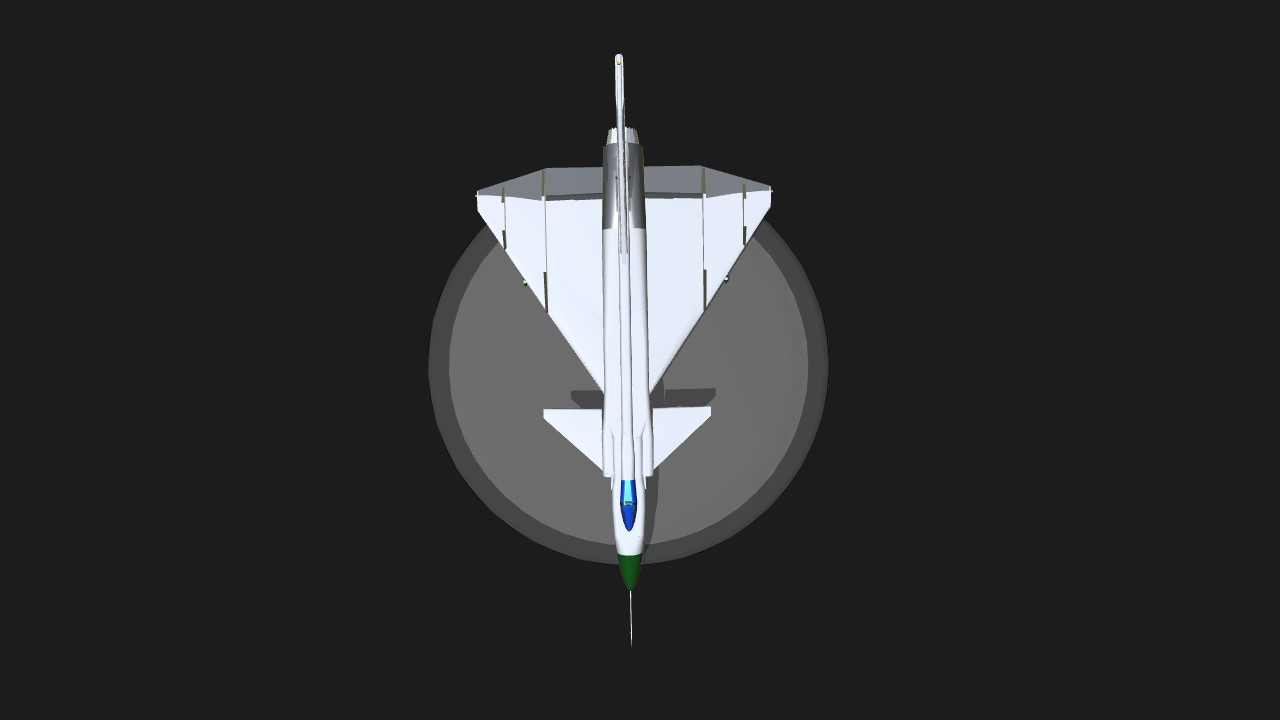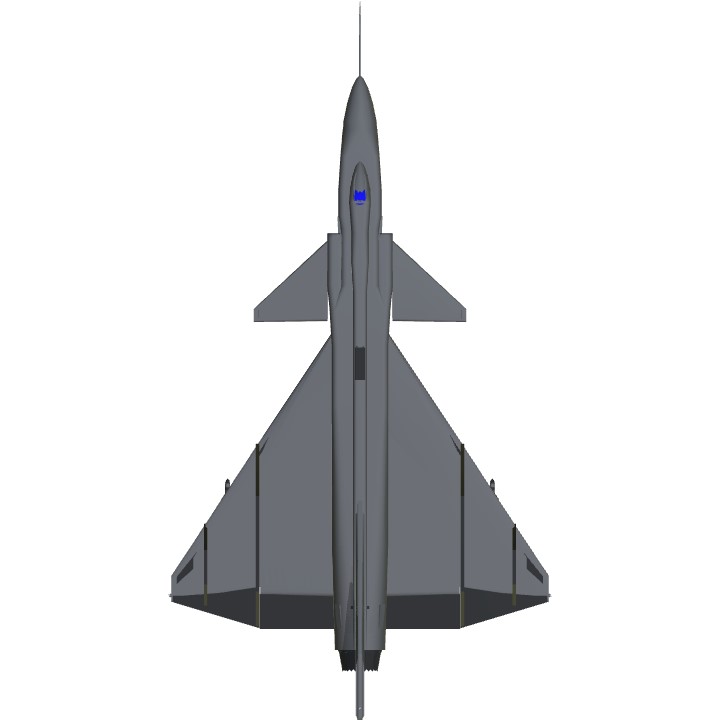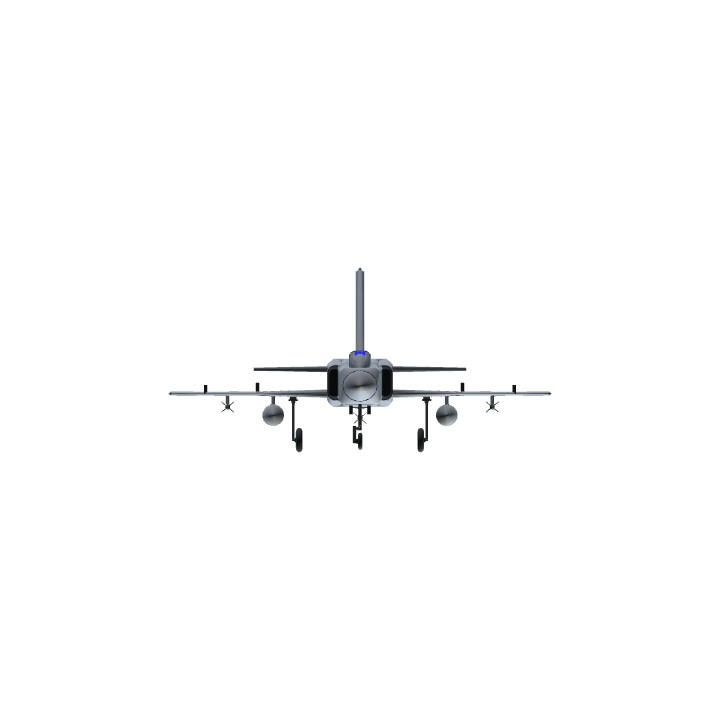/Control:1-Fuel tanks2-parachuteVTOL-flaps //Story of J-9 In 1960s,The Chinese Air Force urgently needs an all-weather high-altitude and high-speed anti-aircraft interceptor. In order to meet the interception operation needs, Shen Fei of China began to propose a new type of fighter plane design. At first, China 601 Factory put forward a number of design plans, one of which was equipped with two WP-7 improved engines. On the basis of ensuring that the pneumatic shape was not changed much, the fuselage was enlarged. This scheme only evolved into a J-8 I fighter; the other one was equipped with a turbofan engine with a thrust of 8,500 kg, and adopted a duck layout design scheme. This fighter is the J9 design scheme. In mid-1966, after reviewing two plans, the Central Military Commission of China finally chose the second option to start developing the J-9 aircraft, and made certain changes in the design indicators: the maximum Mach number is 2.4, the upgrade limit is 21,000 meters, the maximum climb rate is 200 meters per second, the maximum range is 3,000 kilometers, the combat radius is 600 kilometers, and the endurance is 3 hours. Finally, in 1978, due to the urgent requirements for the design of the J-7 transformation, the development of the J-9 began to shrink. In 1980, in order to implement the national economic adjustment policy, the research and development of J-9 was completely suspended. Alought it was cancelled,I began to build it and finished it.(but I am a noob) Enjoy!
Specifications
General Characteristics
- Created On iOS
- Wingspan 36.1ft (11.0m)
- Length 68.0ft (20.7m)
- Height 17.4ft (5.3m)
- Empty Weight 11,536lbs (5,233kg)
- Loaded Weight 16,866lbs (7,650kg)
Performance
- Power/Weight Ratio 2.198
- Wing Loading 26.4lbs/ft2 (129.0kg/m2)
- Wing Area 638.4ft2 (59.3m2)
- Drag Points 8441
Parts
- Number of Parts 116
- Control Surfaces 1
- Performance Cost 626

